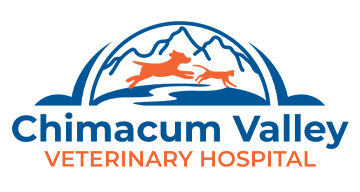To deliver
HIGH-END CARE
to you and your pet, our hospital uses specialized equipment and pet medical services for diagnosing and treating various conditions. This includes advanced imaging and laboratory testing, along with alternative pain management therapies.
In-House Diagnostic Laboratory
Chimacum Valley Veterinary Hospital has a fully equipped in-house testing lab for running a multitude of tests. We can use our analyzers to evaluate blood, fecal, and urine samples. One of the most important aspects of our in-house lab is its ability to provide quick results (as little as 15 minutes) for emergency and critical care cases.
Types of Tests We Offer
We can perform a variety of tests in house, including:
- Complete blood count (CBC)
- Blood chemistry profile
- Fecal exam
- Electrolyte analysis
- Urinalysis
- Skin/ear cytology
- Skin scraping
- Fungal culture
Digital X-Ray
Another pet medical service we offer in Port Hadlock, WA is digital radiography (X-ray). This imaging tool allows our team to quickly obtain high-quality radiographs of the musculoskeletal system and various major organ systems and send those radiographs to board-certified radiologists for expert evaluation.
Our X-ray equipment is safer, faster, and more accurate in diagnosing patients.
What Can X-Ray Diagnose?
We can use our digital X-ray equipment to diagnose conditions including bone fractures, inflammation of the joints, soft tissue damage, dental disease, and foreign bodies.
Pet Ultrasound
Ultrasound uses sound waves to create a real-time visual of the abdominal organs and heart. Because ultrasound allows us to see the movement and function of your pet’s internal systems, it can show us information that would not be possible with X-ray alone. For instance, we can use ultrasound to see how your pet’s circulatory and gastrointestinal systems are functioning.
Your pet will need to be completely still during the ultrasound procedure, so light sedation may be required.
What Can Be Diagnosed with Ultrasound?
Ultrasound can help our veterinarians detect and diagnose:
- Cardiovascular diseases
- Circulatory diseases
- Soft-tissue diseases
- Tumors
- Liver and kidney disease
- Gastrointestinal disorders
- Diseases of the gall bladder, spleen, and pancreas
- Lymphatic issues
- Signs of trauma/injury to soft tissue organs
Echocardiograms
Another function of ultrasound is the echocardiogram, or heart ultrasound procedure. We can perform an echocardiogram to get detailed information about your pet’s heart, including blood flow, heart valve function, chamber size, and contractions.
Laser Therapy
Chimacum Valley Veterinary Hospital utilizes laser therapy to provide non-invasive, drug-free pain relief to dogs and cats. Using a process called photobiomodulation, our laser technology harnesses light energy to relieve pain, decrease swelling and inflammation, and accelerate the healing of damaged tissues.
What We Can Treat with Our Therapeutic Laser
We can use our laser for a wide range of conditions, and as part of your pet’s post-surgical care. If your pet has acute or chronic pain, our laser can help to relieve it.
Conditions that can be improved with laser treatment include:
- Arthritis
- Back pain
- Intervertebral disc disease
- Lick granulomas
- Ear infections
- Lacerations, abrasions, and burns
- Skin infections
- Ligament tears
- Bone fractures
Acupuncture
Pets can benefit from acupuncture, too! This 3,000-year-old practice originated in ancient China and continues to flourish today as a treatment for both humans and animals. This therapy involves the use of very thin, fine needles, which are strategically placed at special points (acupoints) around the body, where nerves and blood vessels intersect. Stimulating these areas triggers the release of endorphins and other chemicals that relieve pain and enhance healing and balance in the body.
Conditions We Can Treat with Acupuncture
We can use acupuncture to treat the following conditions:
- Arthritis
- Soft tissue pain
- Neurologic pain
- Musculoskeletal problems
- Weakness of the hind limbs
- Cancer pain
- Spinal cord disorders
- Back pain/intervertebral disc disease
Can My Pet Undergo Acupuncture?
Many dogs and cats can tolerate acupuncture treatment quite well. While needles are used in this therapy, the discomfort is minimal, and some pets may not notice anything at all. However, not all pets are willing to sit still for acupuncture, and in that case, we can explore other treatment options.
To decide whether acupuncture is the best treatment option for your pet, we will need to perform a comprehensive physical exam, along with a medical and Chinese Medical assessment before your pet’s initial acupuncture treatment. We will also help you put together an official treatment plan based on your pet’s condition, temperament, medical history, and other factors.


